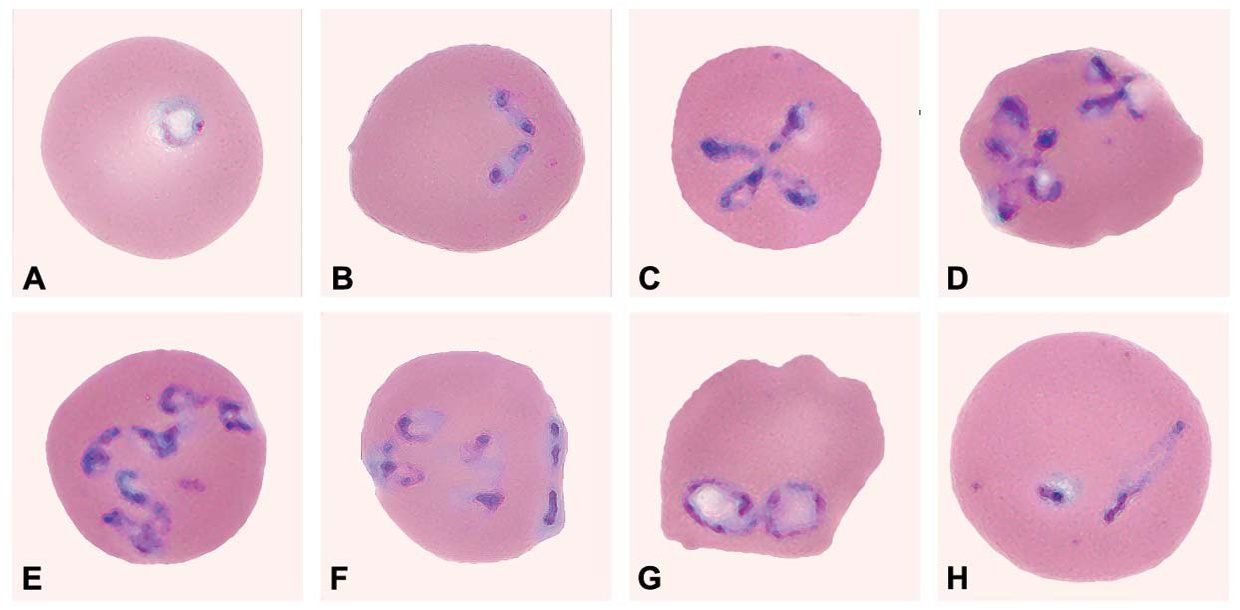Alarming news about babesiosis
New findings on babesiosis show, that nowadays this disease is overlooked and its incidence and severity are higher than formerly believed.
Babesiosis is a disease unfamiliar in our country. Not only is it not known by the public, but many physicians also do not know anything about this disease. The fact that babesiosis is generally overlooked in our country is also indicated by the fact that the State Health Institute does not record its occurrence in the EPIDAT database.
Babesia are not bacteria, like borrelia. They are parasitic unicellular protozoans, who need two types of hosts to complete their life cycle - mammals and ticks. Babesia infect various species of animals - cattle, horses, sheep, goats, cats and dogs, including humans. They are, however, most commonly found in small rodents, from which they can be transmitted to humans via ticks. Inside of the host, borrelia attack red blood cells, and inside of the cells they proliferate. In the acute phase, up to 80% of red blood cells can be infected, which relates to the severity and course of the disease.

The picture shows various parasitic forms of babesia inside red blood cells. A typical feature for babesiosis is the so-called Maltese Cross (C, source cdc.gov).
Disease incidence
The incidence of babesiosis in the population is related to the general ignorance of its symptoms, to it being overlooked and to insufficient diagnostic. Its actual frequency in the population is therefore largely unknown. Generally, babesiosis is claimed to be a risk for elderly people and patients without a spleen. But as reported by competent sources, babesiosis is the most common infection transmitted through blood transfusion. It must therefore necessarily be present among blood donors. Another worrying fact is that babesia are relatively commonly found in ticks together with borrelia. Up to 12,6 % of ticks positive for borrelia (see picture) concurrently contain other infectious agents. It is known that coinfections with borreliosis and another disease are not rare and the course of the disease is much more serious in these cases. Most common is the incidence of ehrlichia and borreliia, followed by babesia and tick-borne encephalitis virus. Coinfection of babesiosis and borreliosis may explain the difficult-to-treat and prolonged forms of disease, which often do not respond to antibiotic treatment and may be fatal.

Clearly, it is necessary to improve diagnostic methods for the detection of babesiosis, which is not difficult at all - see the diagnosis of blood stains. However, this must be accompanied by adequate training of medical staff, including doctors. The good news is, that if babesiosis is properly diagnosed, it is very easily curable. Demonstration of the presence of babesia directly in the tick can help the doctor in making a correct diagnosis.
Symptoms of babesiosis including its treatment are outlined in a separate article.
Due to the incidence of combined tick-borne infections, we have prepared a Standard Plus package that provides cost-effective standard examinations, including babesiosis.
Links:
Coinfection with lyme disease and babesiosis in the USA
Symptoms of babesia coinfection in practice - Suzy Cohen
Babesiosis epidemiology - presentation